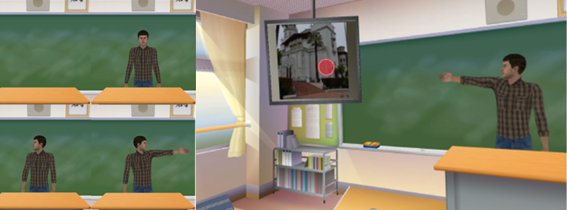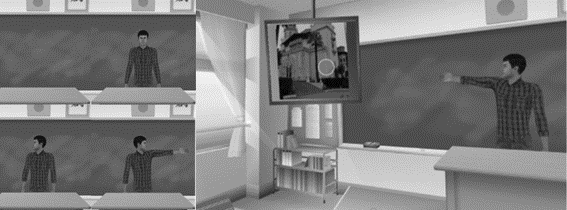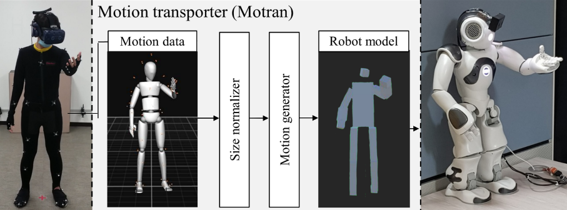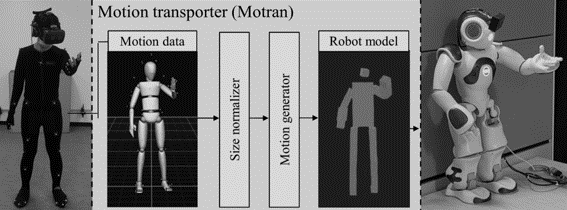Direction I : From Techonology to Human
Direction I : From Techonology to Human
Hanyang University
Introduction of Human-Computer Interaction Lab
Human-Computer Interaction Lab. (HCI Lab.) is studying computer-based technologies such as virtual reality, graphics, robots, automobiles, and human behavior, cognition, emotion, brain, and biological signals. These studies are proceeding in two major directions. First, we will use HCI or computer technology to study and help people's physical and mental problems. Second, based on the understanding of human beings, we want to study the direction of virtual reality, robot, and automobile technology. These two directions ultimately interact with each other, and we want to carry out research that technology can heal humans, and human understanding can recreate the value of technology.
The main research area includes virtual reality technologies, motion-capture, eye-tracking and human interaction system


Direction I : From Techonology to Human
Direction I : From Techonology to Human


Direction II : From Human Factors to Technology
Direction II : From Human Factors to Technology